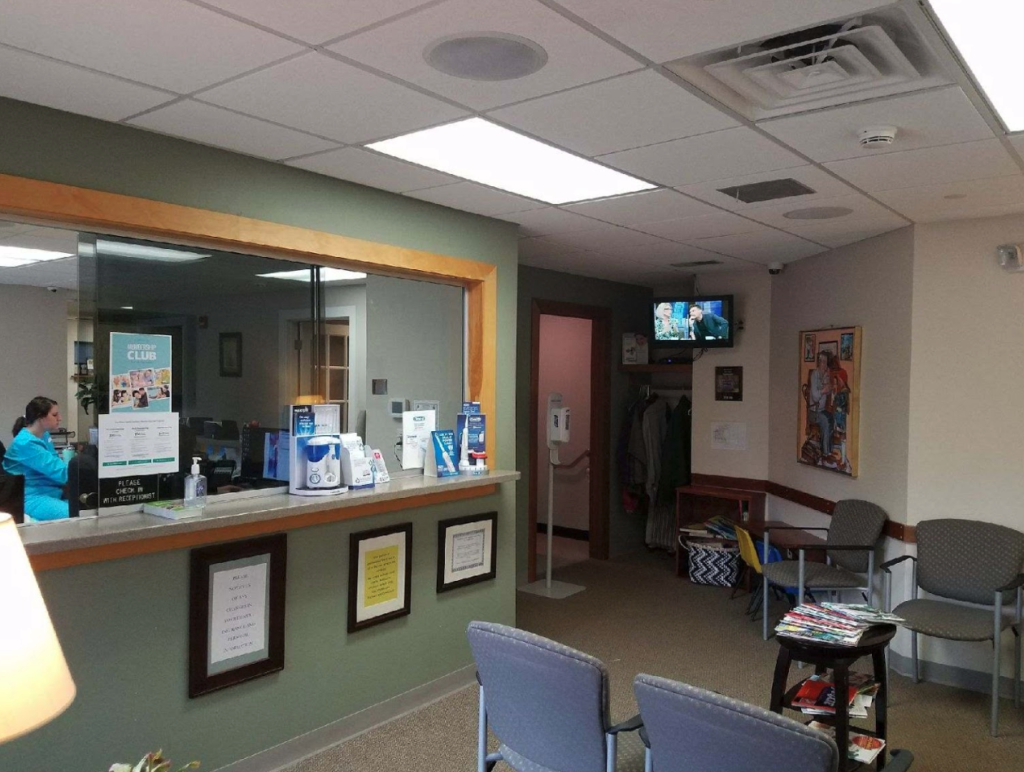What Option Is Best For Replacing A Single Adult Tooth?
Losing an adult tooth can affect you both aesthetically and functionally. While many patients are immediately concerned about how their smile will look with a missing tooth, a missing tooth can also have lasting affects on your oral health including changing bite alignment, face structure, and potentially leading to other future dental issues. For that reason it is important to consider tooth replacement options. There are three main treatments that can replace a single tooth: partial dentures, dental bridges, and dental implants. In this article we will discuss each treatment. If you are interested in restorative dentistry, please give us a call.

What Are Partial Dentures?
When you hear the word denture, you might immediately think about a set of full teeth sitting next to a bed that your grandparent might have used. While full sets of dentures are fairly common, there are also dentures that can be used for a single tooth or a group of teeth. Partial dentures are removable dentures that are placed inbetween your healthy teeth. Like full dentures they can be taken out. In fact, they need to be removed and cleaned on a daily basis. The main pros of partial dentures is that they are less expensive options and are removable. This means they are easy to replace if needed. However, there are some drawbacks. Partial dentures do not mimic how a normal tooth works and because they are removable they can shift around when biting and chewing. Partial dentures also need to be maintained and cleaned. Bridges and implants can simply be cleaned by brushing your teeth normally. Many patients opt for replacement options that are permanently in the mouth.
What Are Dental Bridges?
A dental bridge works by attacking a crown to the nearby healthy teeth. The abutment teeth (or the teeth on either side of the bridge) typically use dental crowns to hold the fake tooth in place. This is put into your mouth by a dentist and can only be removed by a dentist. Compared to dentures this is a more stable and permanent solution for a lost tooth. Bridges are frequently covered to some extent by dental insurance programs and are in the middle in terms of cost when it comes to adult tooth replacement treatments. They are easier to maintain as well. However, there are some drawbacks. First and foremost, the bridge will require crowns to be placed on the nearby healthy teeth. Dental crowns can potentially increase the risk of decay to those teeth if you do not follow good oral health habits. Additionally, a dental bridge isn’t truly replacing a tooth on a functional level. The pressure placed on the bridge is transferred to the anchor teeth.
What Are Dental Implants?
A dental implant involves surgically adding a post under the gums in the socket left behind by the lost tooth. Over a few months the post attaches to the jaw the same way a tooth root would. A dental crown is placed on top of the post to fully mimic the structure of the lost tooth. This is one of the most durable and long-lasting solutions. More importantly, because it replaces both the crown and the root of the tooth it does a better job at preserving the shape of your mouth and jaw. The key drawback of dental implants is the cost. Some insurance plans do not provide coverage for dental implants. And many dentists don’t provide implants because it is a surgical treatment.
Schedule Dental Appointments in Lisbon Maine
It is important to consider all of your options and the factors involved when replacing a lost adult tooth. Here at Two Rivers Family Dentistry we work with our patients to help them choose the right treatment based on their goals, age, and other factors. For more information about our restorative dental services, please contact our team.
